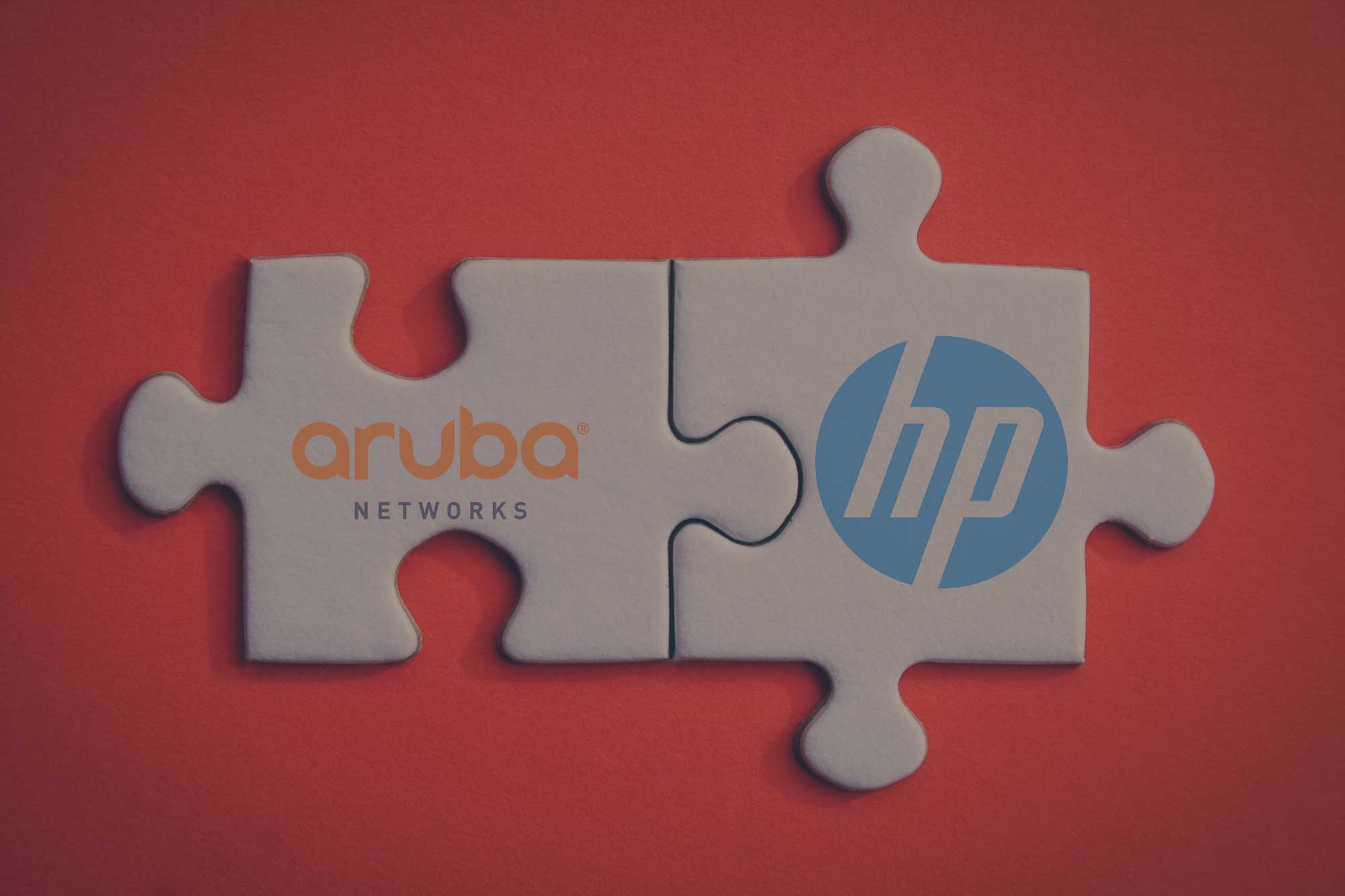With the proliferation of mobile devices and wifi expectations on the rise, CIO’s have their work cut out for them. More factors have to be considered than ever before as more and more elements are being added to the equation.
In order to sustain even the most basic operations of an organizations, CIO’s need to be able to constantly monitor and control and optimize their entire network in real-time. This is why in today’s "always-on, always connected" wifi environments a centralized network management or Wi-Fi management system is critical for success.
It doesn't matter whether your wireless network is made up of hundreds of access points supporting 1000's of mobile devices or a smaller network supporting 50 devices you still have to create a way to effectively manage it all.
Skilled IT personnel are not cheap and traditional methods of troubleshooting and optimizing wireless networks can be time-consuming and hit or miss.
There has to be a better way to combine efficiency, with real-time results.
Below are three simple reasons why deploying a centralized Wi-Fi management system will help you scale your network, lower costs and reduce security risks.
Scalability
A Wi-Fi management system allows your business to adapt to a changing environment, whether it's new mobile devices, more client devices, a growing user base, BYOD policy changes, etc.
You can easily deploy new APs by skipping the hassles of configuring them individually. By having a centralized management system, all that has to be done outside of the system is the physical deployment of the devices themselves. After that, everything from updates and configurations can be done within the management tool.
It may seem trivial to save a few minutes on access point deployment but if were talking about 1000 APs for a large network, those minutes add up.
Reduced Security Risks
Having wireless network management centralized in one location greatly reduces security risks as your team is less likely to miss any glitches or issues that may pop up. Also, the response time for recognition and troubleshooting will be faster as everything is monitored in real-time.
A Wi-Fi management platform also gives you access to historical data further reducing the time it takes when troubleshooting problems with your network.
In addition, management of server and user privileges, authentications and other security measures are more efficiently done from a centralized location than using local user accounts and individual server management.
Cost Savings
By eliminating the need for more people managing different sections of your wireless network on different locations, you will be able to save significant costs on manpower.
By having real-time data you can optimize your network to perform as it was designed, decreasing the need for unnecessary equipment and wasted time troubleshooting problems created from a poor wireless network design.
A unified network is simply more efficient and will give you better performance. With that efficiency comes savings and a significantly higher ROI.
Ultimately, the best decision a CIO will ever make for his company is investing in a Centralized Management System that will eventually pay for itself.
If you need help analyzing your network, or would like more information about how to implement wifi management into your existing network, simply contact us, we’d be glad to help.




